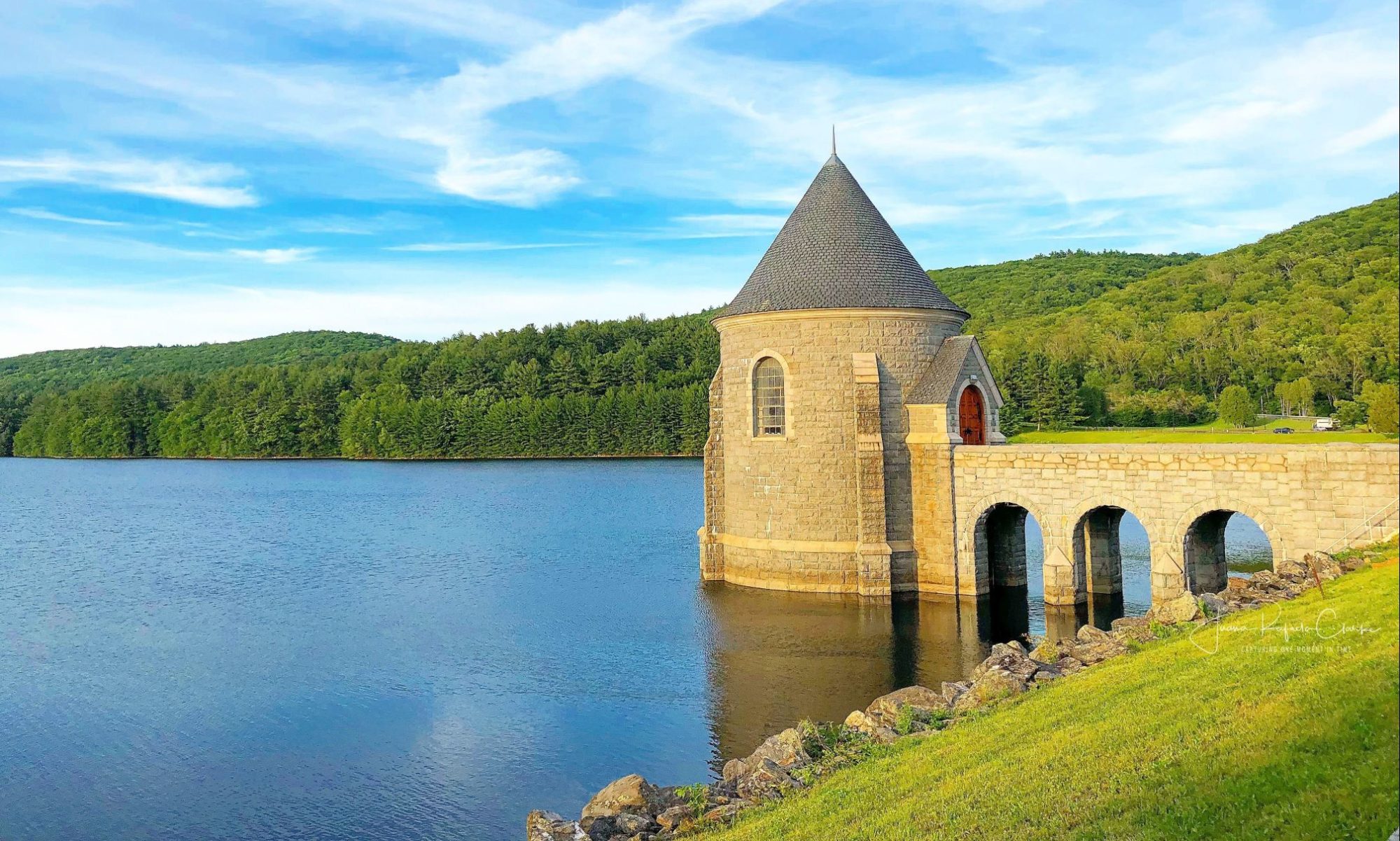The City of Waterbury surrounded by Fall foliage with St. John’s Church in the center:
The City of Waterbury is a city in the state of CT on the Naugatuck River, 33 miles southwest of Hartford and 77 miles northeast of New York City. Waterbury is the second-largest city in New Haven County, CT. As of the 2010 census, Waterbury had a population of 110,366, making it the 10th largest city in the New York Metropolitan Area, 9th largest city in New England and the 5th largest city in Connecticut.
Growth was slow during Waterbury’s first hundred years, the lack of arable land due to the constant flooding of the Naugatuck River in particular, discouraged many potential settlers. Furthermore, the residents suffered through a great flood in 1691 and an outbreak of disease in 1712. After a century, Waterbury’s population numbered just 5,000.
Waterbury emerged as an early American industrial power in the early 19th century when the city began to manufacture brass, harnessing the waters of the Mad River and the Naugatuck River to power the early factories. The new brass industry attracted many immigrant laborers from all over the world, leading to an influx of diverse nationalities. Waterbury was incorporated as a city in 1853 and, as the “Brass Capital of the World”, it gained a reputation for the quality and durability of its goods. Brass and copper supplied by Waterbury was notably used in Nevada’s Boulder Dam and found myriad applications across the US, as well.
Another famous Waterbury product of the mid-19th century was Robert H. Ingersoll’s one-dollar pocket watch, five million of which were sold. After this, the clock industry became as important as Waterbury’s famed brass industry. Evidence of these two important industries can still be seen in Waterbury, as numerous clock towers and old brass factories have become landmarks of the city.

Capturing one moment in time
